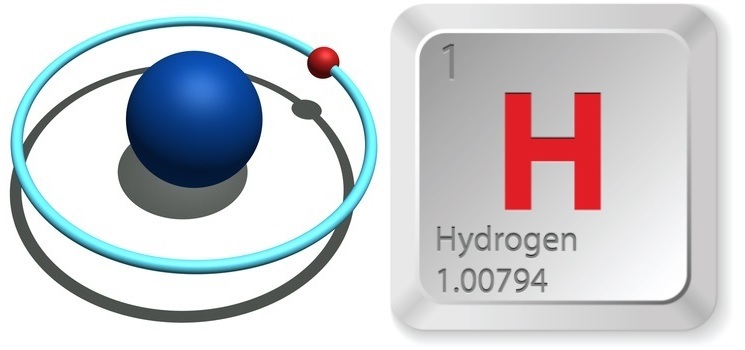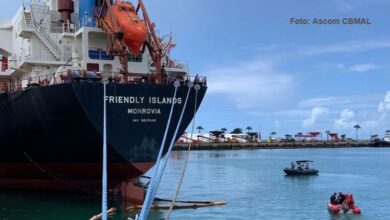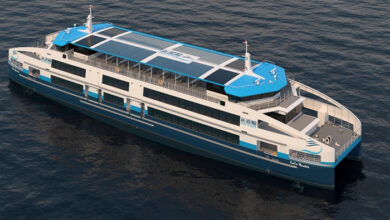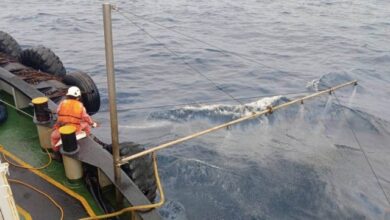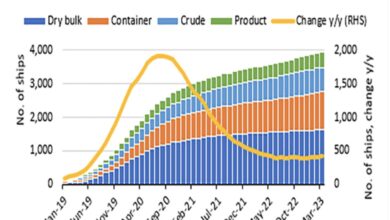ABS : Top three factors you should consider when utilizing ammonia as a marine fuel
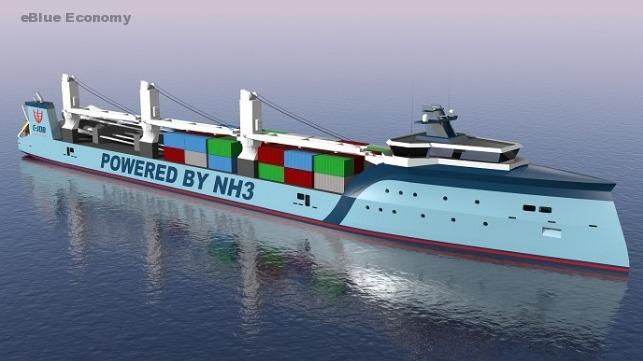
- Ammonia offers ship owners and operators a zero-carbon tank-to-wake emissions profile, regardless of fuel source.
- Ammonia’s toxicity requires stringent handling measures and permissible exposure limits to be followed.
- Although there are currently no prescriptive requirements surrounding ammonia as a marine fuel, demonstrating a vessel’s capability to operate on ammonia is advantageous. Therefore, ABS offers the “Ammonia Fuel Ready” notation for vessels burning conventional fuels but has design features suitable to permit conversion at a future date to a particular gas or other low flashpoint fuel-burning concept based on existing Class requirements.
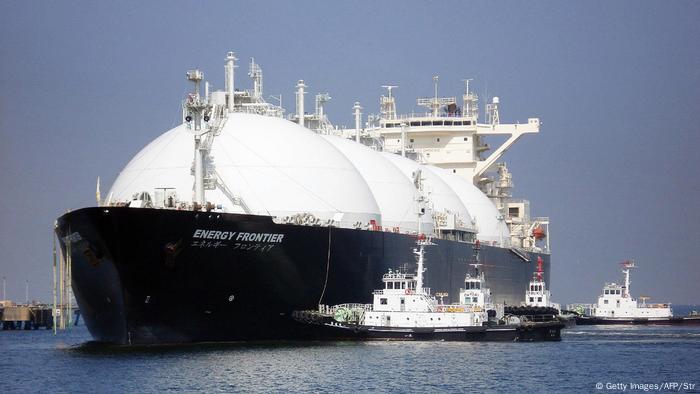
The journey to decarbonization involves several decisions regarding fuel options, technology advancements and operational improvements. Industry-wide data shows that regardless of which area of improvement you focus on, fuels will play a key role in the ultimate goal of achieving emissions reduction. Determining which of the fuel options is best suited for your fleet can prove challenging. Understanding this dilemma, ABS provides industry-leading guidance to assist owners as well as services and solutions that indicate the viability of your selected fuel.

LNG
As the industry’s more mature alternative fuel option, liquefied natural gas (LNG) combined with new technologies and operational measures can be utilized to meet the 2030 emissions-reduction goals. When utilizing LNG as a marine fuel, there are many items to take into consideration, including:
- LNG is a dynamic fuel
- LNG fueled vessels require special considerations
- Additional training is recommended for crews
The ABS Sustainability Whitepaper: LNG as Marine Fuel provides a practical approach to these items, supporting owners and operators in decision making for future ship designs, propulsion systems, and fueling strategies.
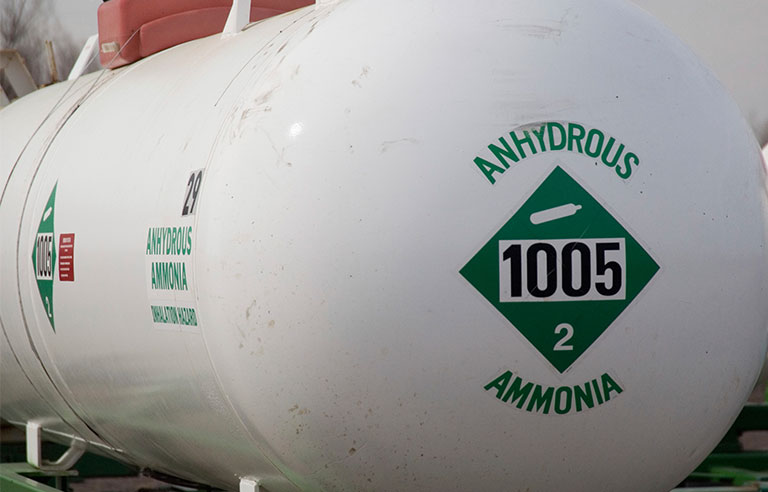
Ammonia
Ammonia is considered a leading contender for fuel options, offering ship owners and operators a zero-carbon tank-to-wake emissions profile. However, there are also several challenges with Ammonia including its toxicity level, which requires strict handling measures, as well as a lack of prescriptive requirements. Because of the lack of requirements, demonstrating a vessel’s capability to operate on ammonia is advantageous. ABS offers the “Ammonia Fuel Ready” notation for vessels burning conventional fuels but has design features suitable to permit conversion at a future date to a particular gas or other low flashpoint fuel-burning concept based on existing Class requirements.
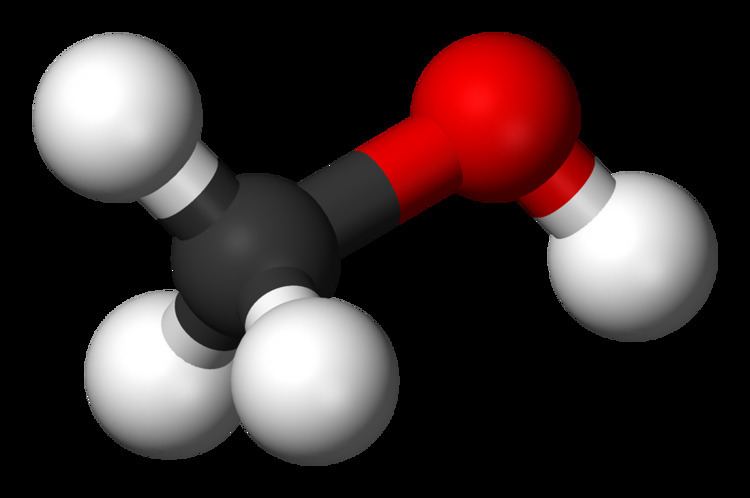
Methanol
As one of the many fuels being considered in achieving decarbonization, methanol stands out with its current existing infrastructure since methanol is shipped globally as a commodity. Additionally, methanol offers carbon-neutral potential when produced using biomass and biogas from landfills and wastewater treatment as feedstock. Seeing the potential in methanol, the IMO recently adopted MSC.1621, providing detailed goal-based and prescriptive requirements for the use of methanol as fuel and even includes a risk assessment requirement.
